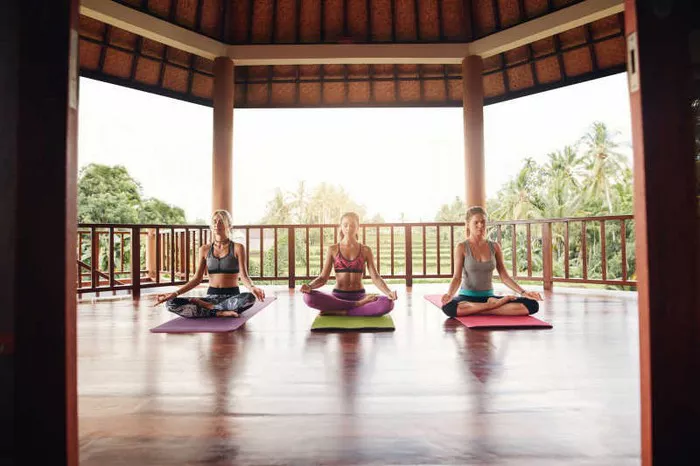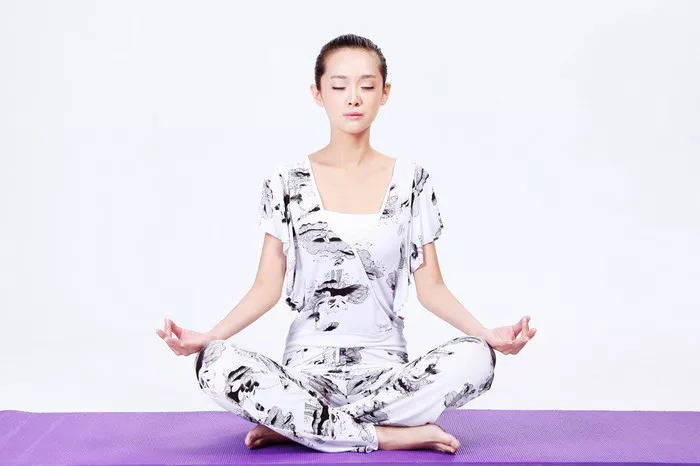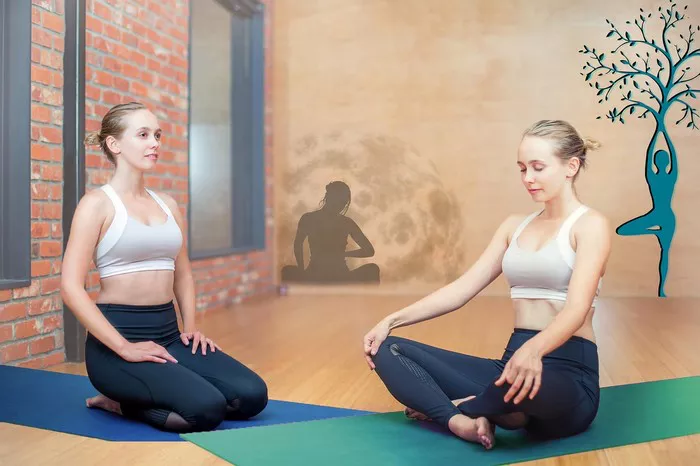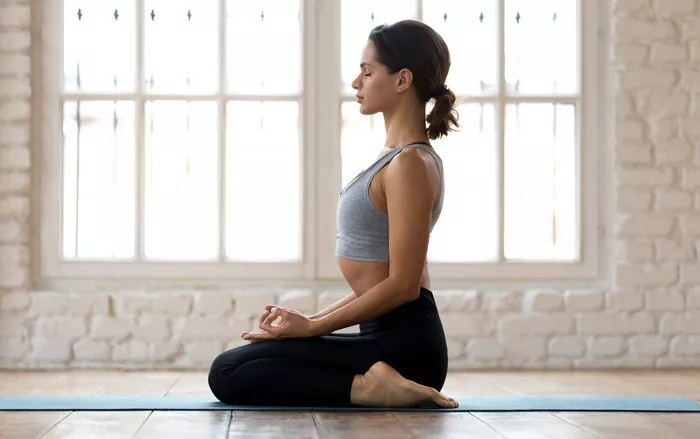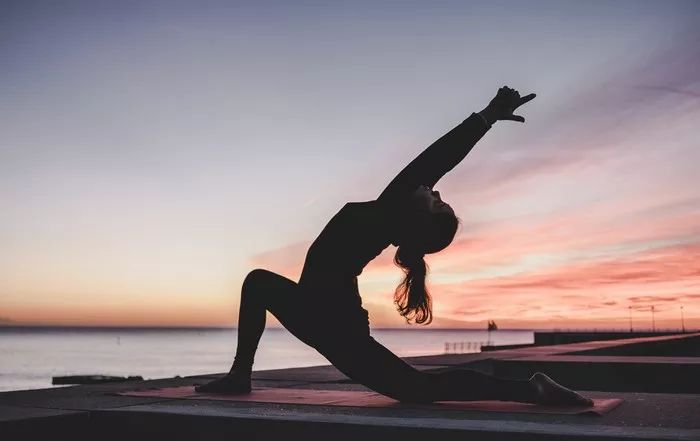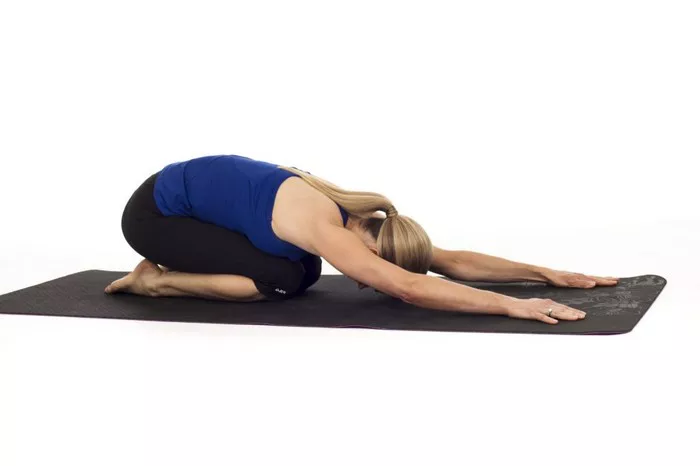Yoga, with its roots deeply embedded in ancient Indian philosophy, has evolved into a comprehensive system that encompasses various styles and disciplines. Among these, Kayakalpa Yoga holds a distinct place due to its emphasis on rejuvenation and longevity. This article delves into the core purpose of Kayakalpa Yoga, its foundational principles, and the immense benefits it offers to practitioners.
Understanding Kayakalpa Yoga
Kayakalpa Yoga is a unique and holistic system of yoga designed to rejuvenate the body and mind, promote vitality, and enhance longevity. The word “Kayakalpa” is derived from two Sanskrit words: “Kaya,” meaning body, and “Kalpa,” meaning transformation or rejuvenation. In essence, Kayakalpa Yoga focuses on the rejuvenation of the body and mind through a series of specific practices that help preserve youthfulness and prevent the deterioration that comes with aging.
The practice of Kayakalpa Yoga incorporates several techniques, including specific asanas (yoga postures), pranayama (breathing exercises), meditation, and diet, all of which work synergistically to promote overall health and well-being. These practices are aimed at eliminating toxins, improving energy flow, and restoring the body’s natural balance. The ultimate goal of Kayakalpa Yoga is to maintain the vitality of the body, extend the lifespan, and enhance spiritual growth.
The Historical and Spiritual Roots of Kayakalpa Yoga
The origins of Kayakalpa Yoga are steeped in ancient Indian spiritual and healing traditions. It has been mentioned in classical texts such as the “Sushruta Samhita” and the “Charaka Samhita,” which are ancient Ayurvedic texts that describe the processes of rejuvenation and longevity. In these texts, Kayakalpa is presented not just as a physical practice but also as a spiritual discipline aimed at achieving higher consciousness.
The practice of Kayakalpa was traditionally reserved for advanced yogis, sages, and spiritual aspirants who sought to transcend the limitations of the physical body and attain spiritual immortality. It was believed that through Kayakalpa Yoga, practitioners could reverse the aging process, enhance mental clarity, and prolong life. This transformative practice was often taught under the guidance of a guru, who imparted the secret teachings of the practice to select disciples.
Over time, Kayakalpa Yoga has evolved and become accessible to people of all ages and backgrounds, focusing not only on spiritual development but also on practical methods to improve health, vitality, and longevity.
The Core Aim of Kayakalpa Yoga
The central aim of Kayakalpa Yoga is to rejuvenate the body, mind, and spirit, with the ultimate goal of achieving longevity and vitality. However, this goal is achieved through multiple layers, each of which contributes to the overall well-being of the practitioner.
1. Rejuvenating the Physical Body
One of the primary aims of Kayakalpa Yoga is to restore the body’s vitality. The practice includes specific asanas that enhance blood circulation, remove blockages, and promote the free flow of energy throughout the body. By improving the flexibility and strength of the muscles and joints, Kayakalpa Yoga helps practitioners maintain physical youthfulness and prevent degenerative conditions that typically arise with age.
Additionally, Kayakalpa Yoga focuses on detoxifying the body by stimulating the lymphatic system and encouraging the release of accumulated toxins. This is achieved through a combination of cleansing practices such as pranayama (breathing techniques) and specific kriyas (cleansing exercises). By expelling toxins from the body, Kayakalpa Yoga helps restore the body’s natural balance and encourages a state of physical rejuvenation.
2. Enhancing Mental Clarity and Emotional Balance
Another crucial aspect of Kayakalpa Yoga is its ability to enhance mental clarity and emotional well-being. In today’s fast-paced world, stress, anxiety, and mental fatigue can take a toll on both the mind and the body. Kayakalpa Yoga offers a sanctuary for mental relaxation and emotional balance through meditation and breathing exercises.
The practice of deep breathing (pranayama) helps calm the nervous system, reduce stress, and promote a state of inner peace. Meditation techniques further enhance the mind’s ability to focus, cultivate self-awareness, and improve emotional stability. By improving mental clarity and emotional balance, Kayakalpa Yoga enables practitioners to develop a more positive outlook on life, which in turn enhances their overall sense of vitality and joy.
3. Balancing the Energy Flow
A vital aim of Kayakalpa Yoga is to balance the body’s vital energy, or prana. Prana is the life force that sustains all living beings, and its free flow is essential for health and well-being. Kayakalpa Yoga employs various breathing techniques (pranayama) and postures to activate and balance the prana within the body.
When prana is flowing freely, the body and mind function optimally. However, when the flow of prana is blocked, it can lead to physical and mental ailments. Kayakalpa Yoga aims to open up energy channels, known as nadis, and clear blockages, thus ensuring that prana circulates freely throughout the body. By doing so, it helps maintain a harmonious balance between the physical, mental, and emotional aspects of the practitioner.
4. Strengthening the Immune System
A strong immune system is crucial for maintaining health and preventing illness. Kayakalpa Yoga helps boost the immune system by improving circulation, stimulating the lymphatic system, and encouraging the body’s natural detoxification processes. Regular practice of Kayakalpa Yoga enhances the body’s ability to fight off infections, reduce inflammation, and promote overall resilience.
Additionally, by reducing stress and improving mental well-being, Kayakalpa Yoga helps regulate cortisol levels, which in turn strengthens the immune system. A robust immune system is essential for longevity and vitality, making this aspect of Kayakalpa Yoga especially valuable for those seeking to preserve their health as they age.
5. Spiritual Growth and Inner Peace
While the physical and mental benefits of Kayakalpa Yoga are significant, the practice also aims to nurture the soul. Kayakalpa Yoga recognizes that true rejuvenation is not just a matter of physical health but also involves spiritual growth. The practice encourages self-awareness, inner peace, and the cultivation of a deeper connection with the divine.
Through meditation, mindfulness, and self-reflection, practitioners can attain a sense of spiritual clarity and purpose. As one progresses in their Kayakalpa Yoga journey, they may experience a greater sense of oneness with the universe and a deeper understanding of their true nature. This spiritual dimension of Kayakalpa Yoga enhances the practitioner’s sense of fulfillment and contentment, contributing to overall well-being and longevity.
Key Practices of Kayakalpa Yoga
To achieve the goals of rejuvenation and longevity, Kayakalpa Yoga incorporates several practices that work together to restore balance and vitality. Some of the core practices include:
1. Asanas (Yoga Postures)
Kayakalpa Yoga includes a variety of asanas that help improve flexibility, strengthen muscles, and enhance overall physical health. These postures promote the free flow of energy in the body, which is essential for rejuvenation. Asanas such as the seated twist, shoulder stand, and cobra pose are commonly practiced in Kayakalpa Yoga to stimulate the internal organs, improve circulation, and enhance detoxification.
2. Pranayama (Breathing Exercises)
Pranayama is a fundamental aspect of Kayakalpa Yoga. It involves controlled breathing techniques that help regulate the flow of prana throughout the body. Techniques such as alternate nostril breathing (Nadi Shodhana), kapalbhati (skull shining breath), and bhastrika (bellows breath) are used to cleanse the body, calm the mind, and promote vitality.
3. Meditation
Meditation is a vital component of Kayakalpa Yoga, allowing practitioners to cultivate inner peace, clarity, and self-awareness. Regular meditation helps reduce stress, improve concentration, and promote emotional balance. Practices such as mindfulness meditation and mantra repetition are commonly employed in Kayakalpa Yoga.
4. Diet and Lifestyle
Kayakalpa Yoga also emphasizes the importance of a balanced diet and healthy lifestyle in supporting the rejuvenation process. A diet rich in fresh, whole foods—such as fruits, vegetables, whole grains, and plant-based proteins—is recommended. In addition, Kayakalpa practitioners are encouraged to adopt a lifestyle that promotes regular exercise, adequate rest, and mental relaxation.
Conclusion
Kayakalpa Yoga is a powerful and transformative practice that aims to rejuvenate the body, mind, and spirit. Through its unique combination of physical postures, breathing exercises, meditation, and healthy lifestyle choices, Kayakalpa Yoga promotes vitality, longevity, and overall well-being. The core aim of Kayakalpa Yoga is not only to preserve youthfulness and enhance health but also to nurture spiritual growth and cultivate inner peace.
Whether you are seeking to enhance your physical health, achieve mental clarity, or experience spiritual awakening, Kayakalpa Yoga offers a holistic path to well-being. By incorporating the practices of Kayakalpa Yoga into your life, you can tap into your body’s natural potential for rejuvenation, ensuring that you enjoy a long, healthy, and fulfilling life.
Related Topics

